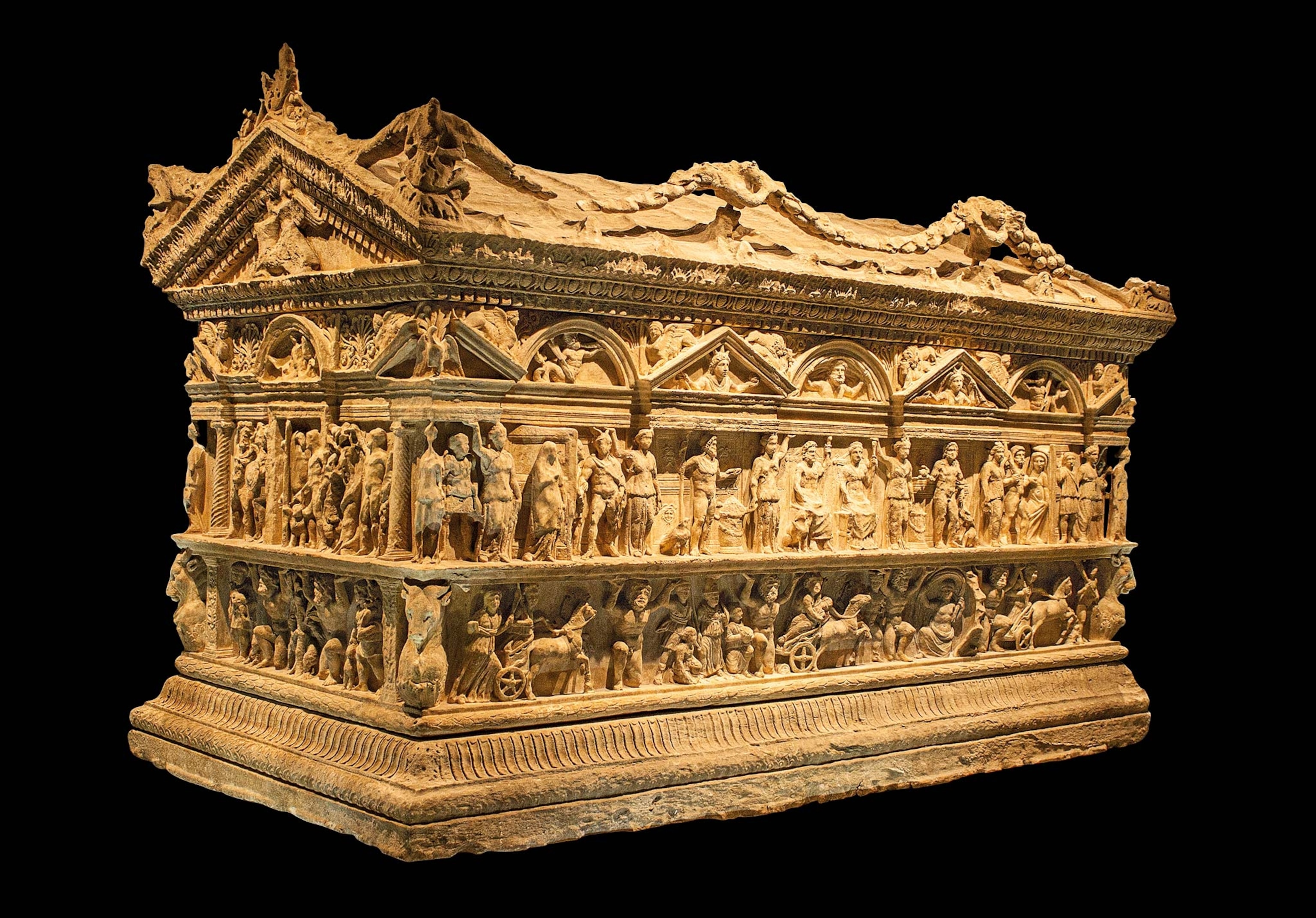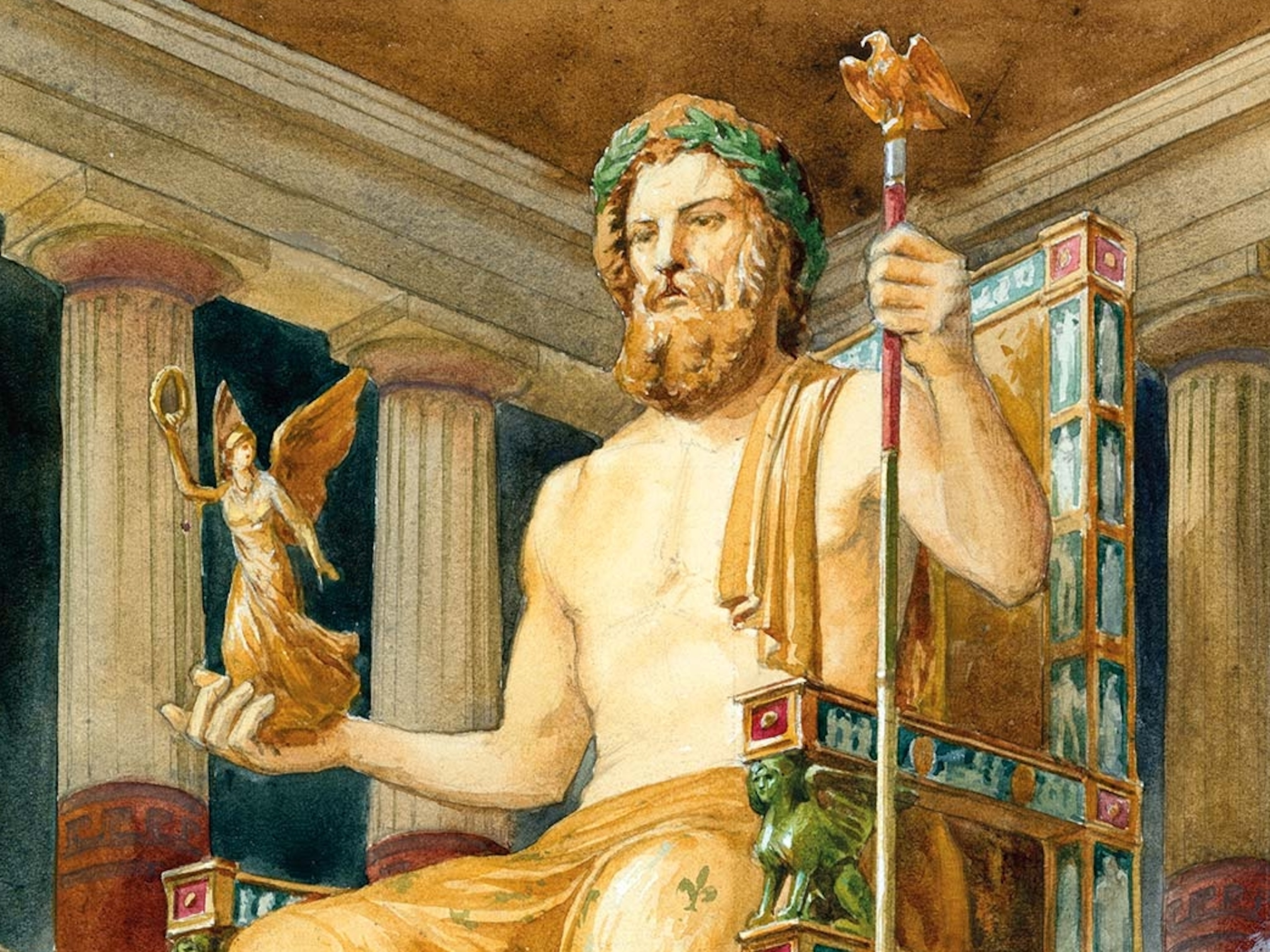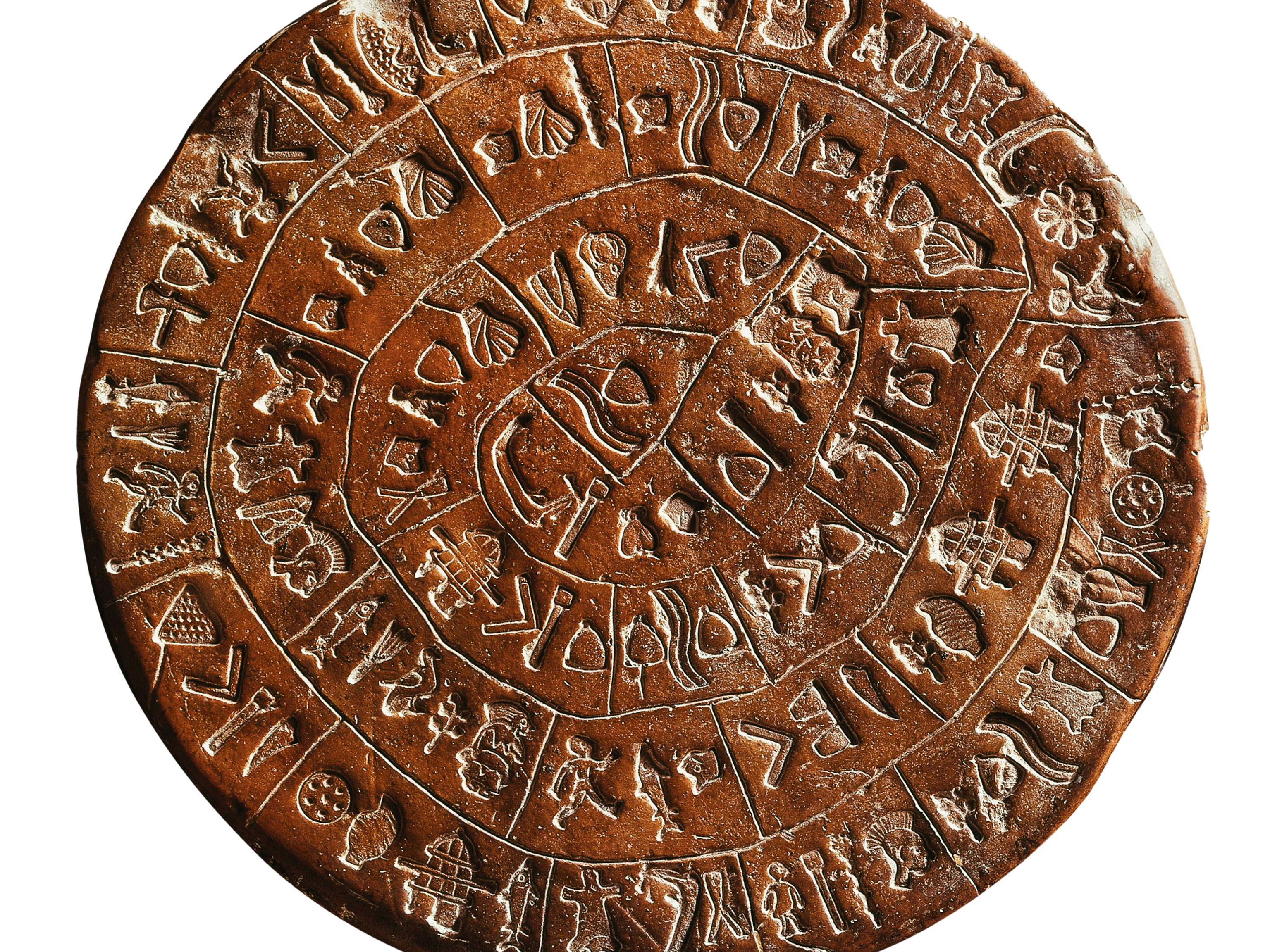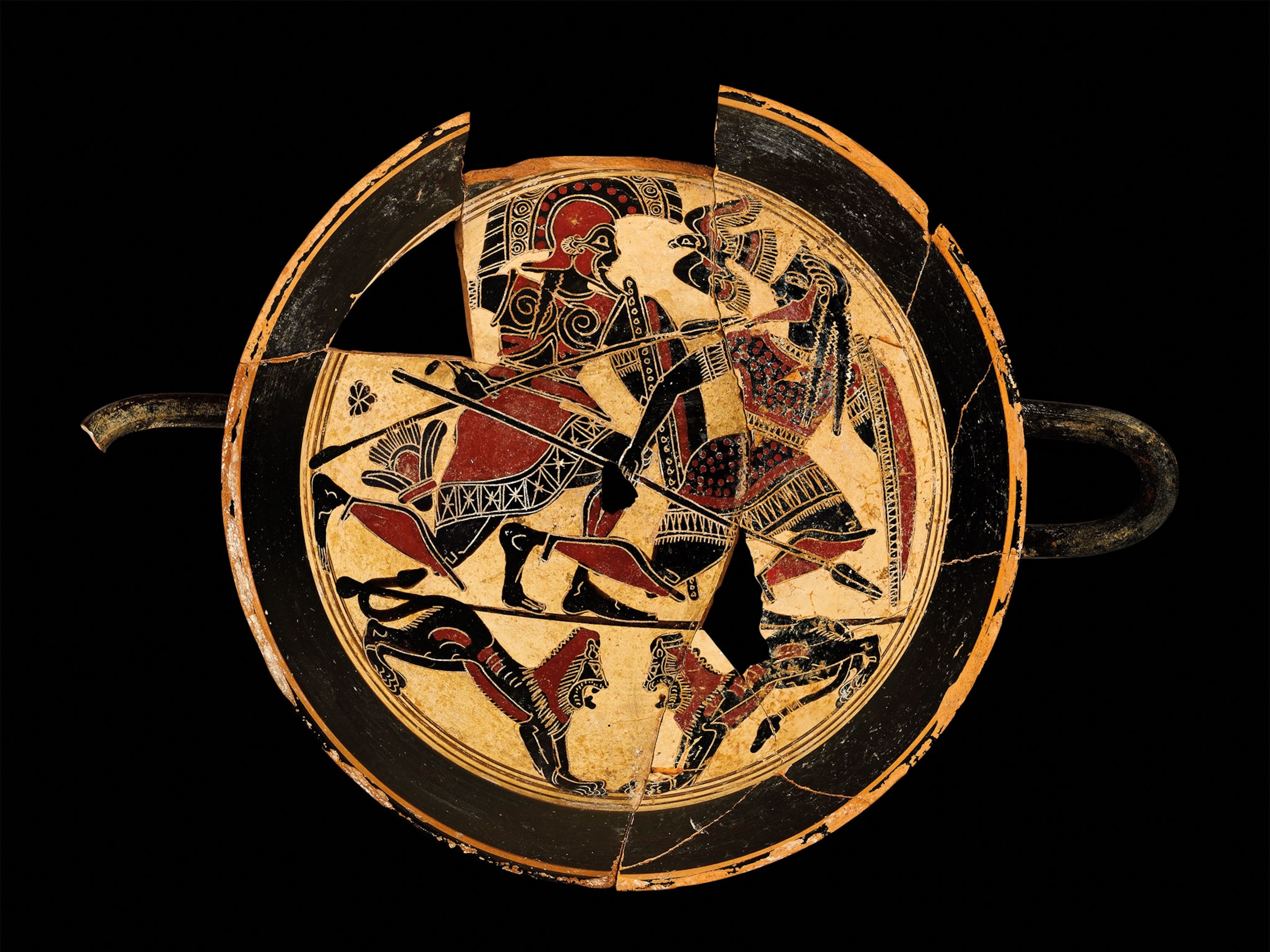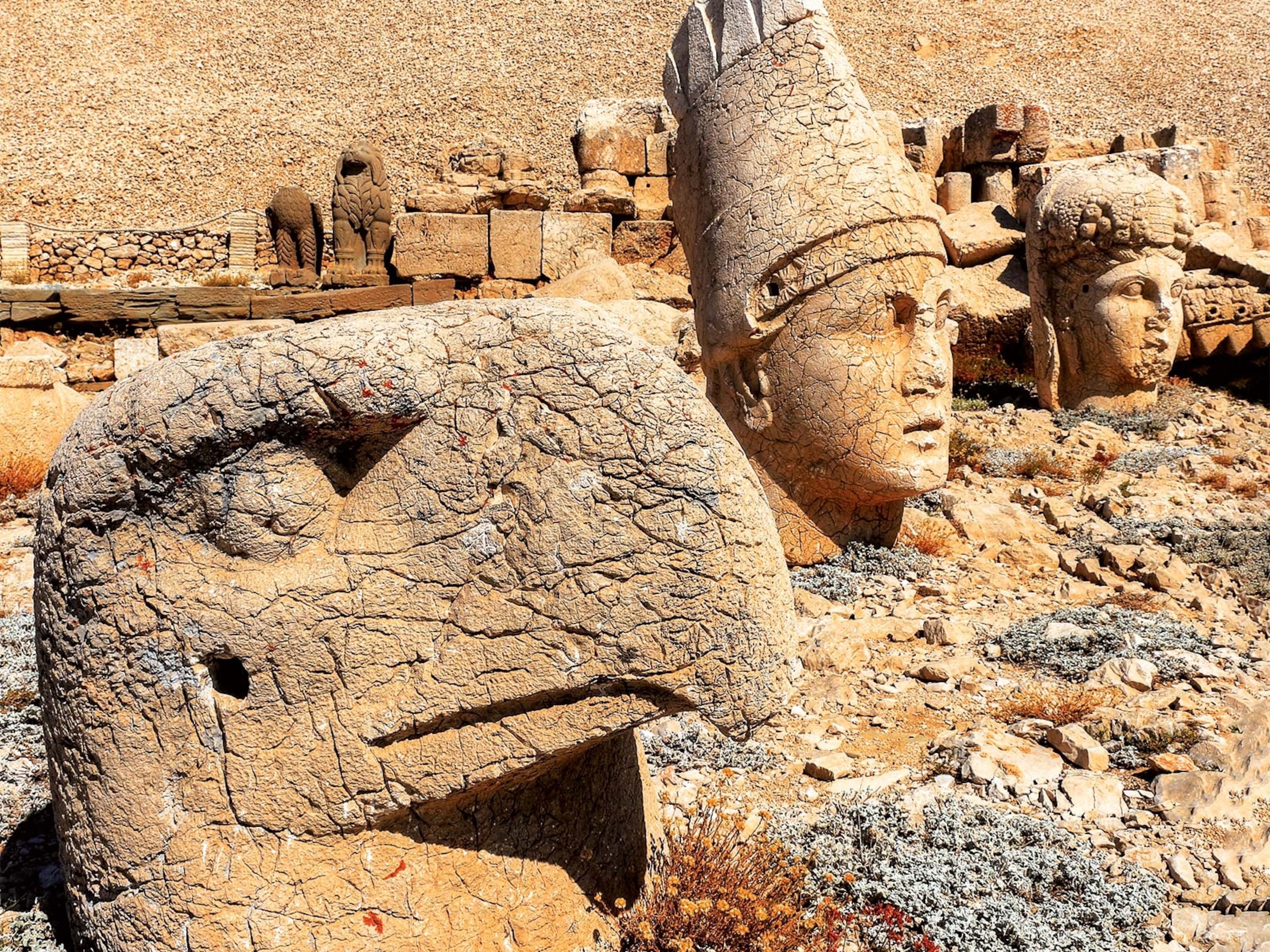See the myth of Hercules carved into this ancient sarcophagus
The Velletri Sarcophagus is a masterpiece of Roman funerary art. Fusing Asian and Greek styles, its mythological reliefs depict the labors of the larger-than-life hero alongside the king and queen of the Underworld.
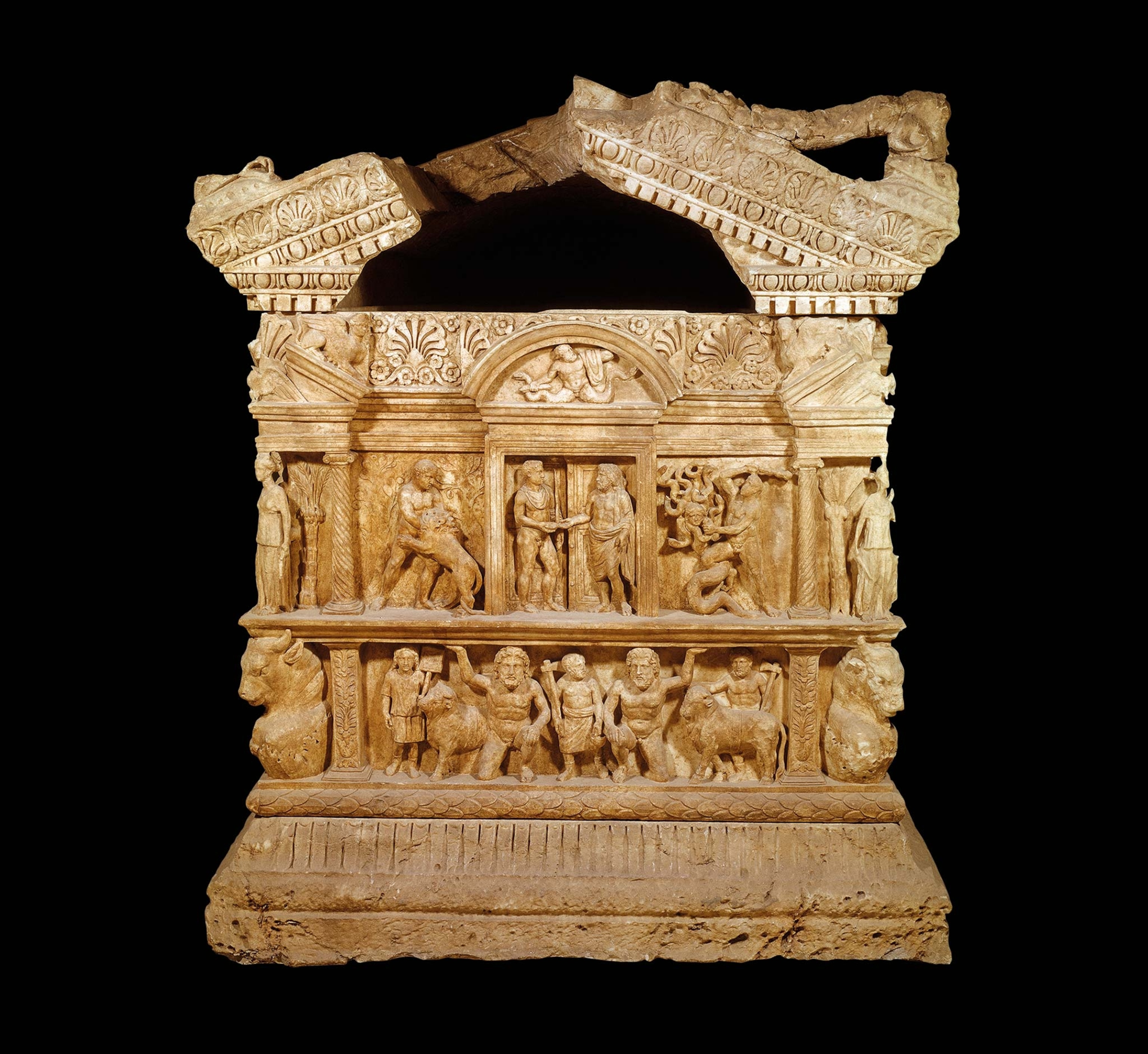
The magnificent sarcophagus of Hercules, on display at the Oreste Nardini Civic Archaeological Museum in Velletri, near Rome, was discovered near the town in 1955. Standing more than five feet tall and measuring over eight feet long, the monumental work is made all the more imposing by the quality and detail of its decoration. Remarkably preserved, it stands out as a unique masterpiece of Roman funerary art. The sarcophagus was carved around A.D. 150 from a block of marble quarried on the Greek island of Paros. For centuries, Parian stone was highly prized by classical sculptors and used in other masterpieces, including the “Winged Victory of Samothrace” from the second century B.C.
(This 3,500-year-old tomb held the treasures of Greece's 'Griffin Warrior'.)
The sarcophagus’s gabled top is reminiscent of temple design. The scenes are organized by architectural elements, a technique used by artists from Asia Minor. Its sides tell two distinct stories and feature 184 figures illustrating mythological episodes. At the base, Atlas-like figures hold the weight of the tiers and separate the different scenes, while female caryatids support the level above. The 12 Labors of Hercules are the predominant theme of the sarcophagus.Three of the four sides show the feats, including Hercules’ descent into and return from the underworld.
(Greece’s river to the ‘underworld’ now lures adventure travelers.)
The occupant of the sarcophagus is depicted on one gable end, about to enter the underworld. The sarcophagus was made during the time when Romans were transitioning from cremation to burial as their preferred funereal practice. The work expresses the deceased’s hope that his life, like Hercules’, will continue beyond the grave.
